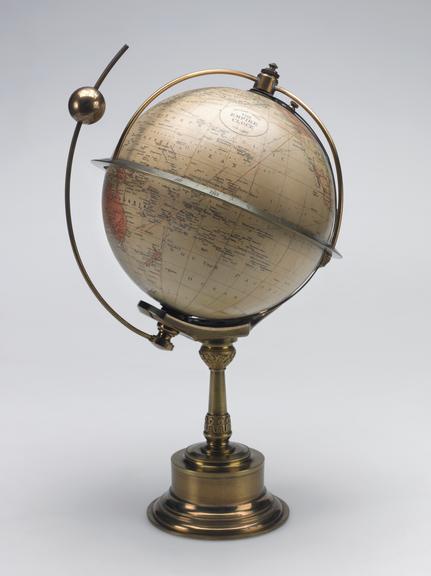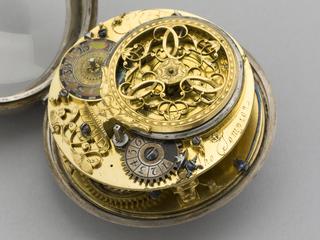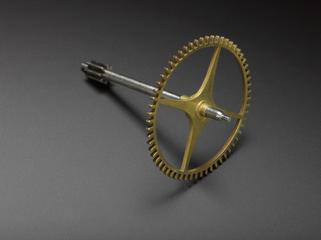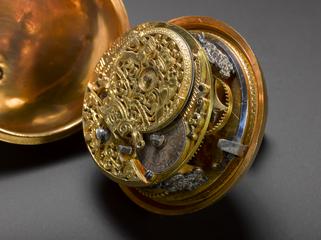
Empire type world clock for indicating time around the globe
'Empire' type world clock for indicating the time around the globe at various longitudes with accessories, unknown maker, France, 1909. Patented by Etienne de Gounevitch and Armand Gustave Couailett (British patent No. 23, 449, 1909), with brass winding key.
More
'Empire' type world clock for indicating the time around the globe at various longitudes with accessories, France, 1909. Patented by Etienne de Gounevitch and Armand Gustave Couailett (British patent No. 23, 449, 1909).
This clock is designed in the form of a globe, and driven by a clockwork motor to make a full rotation from west to east every 24 hours. By following longitudinal lines, it is possible to tell the time at any given point on the globe. A brass ball can be attached to indicate the sun. It was called an Empire clock because it enabled the time in all the countries of the British Empire to be checked at a glance.
- Measurements:
-
overall: 400 mm x 200 mm diameter, 2.9 kg
- Materials:
- metal (unknown) , brass (copper, zinc alloy) and paper (fibre product)
- Object Number:
- 1909-199 Pt1
- type:
- terrestrial globe
- Image ©
- The Board of Trustees of the Science Museum






